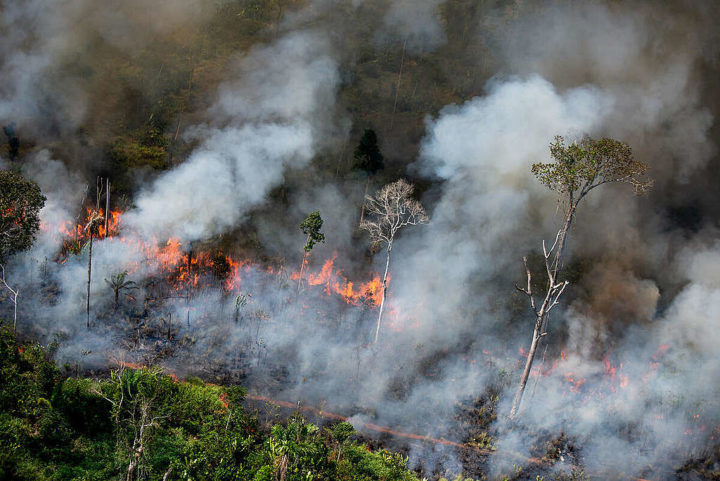It is no accident that there are fires all across Brazil, and it is no accident that the fires this year are worse than last. In fact, the fires in 2020 are the worst in the last decade.
The world is looking in horror for the second straight year as historic blazes ravage the world’s largest tropical forest. All the while, instead of fighting the fires, the Brazilian government fans the flames by emboldening those who are setting the fires to expand their agribusiness.
What’s worse, the Amazon is not the only biome in Brazil that is on fire. The Cerrado savannah has already registered more than 38 thousand fire hotspots this year, and the Pantanal wetlands, a biome rich in biodiversity, home to the biggest number of spotted jaguar, has already had 23% of its area destroyed.
Last year, more than 1 million hectares of forest were burned in the Amazon, and the destruction won’t stop unless we take action.
Brazilian President Jair Bolsonaro may be willing to sacrifice vital ecosystems in Brazil for profit, but the true cost of losing the forest is incalculable. The more fires there are, the farther away we get from beating the current climate, health, and biodiversity crises, and the greater the risk to Indigenous Peoples and traditional wisdom that protects the forest.
The fires in Brazil are not natural. Greedy and reckless people are the arsonists. But what are the reasons behind all this destruction?
The meat on our plate
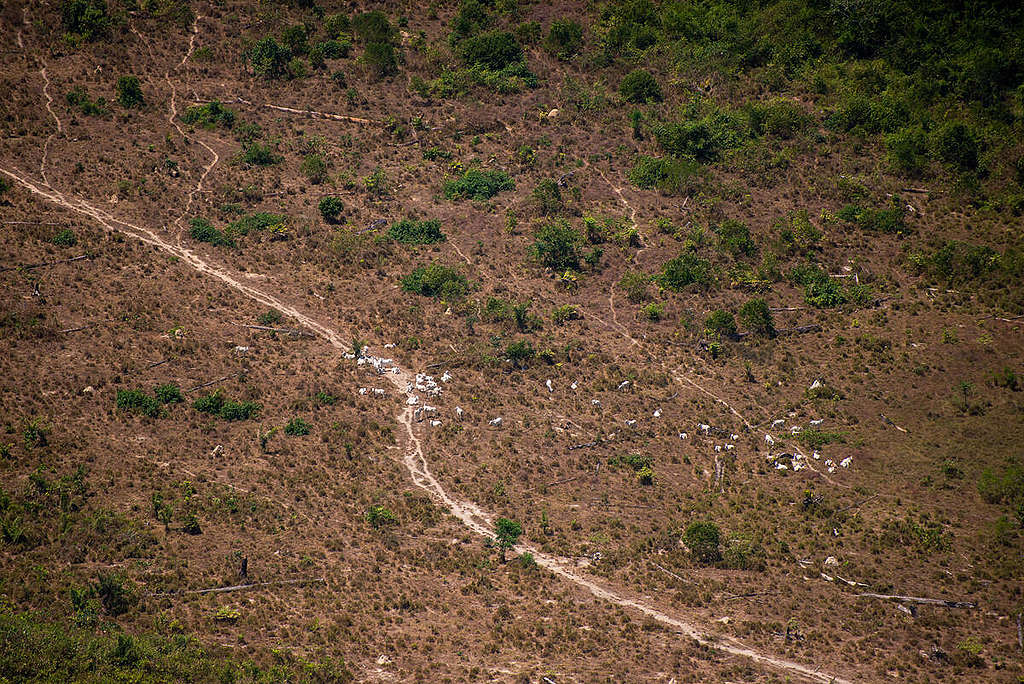
Industrial agriculture is the biggest driver of deforestation – the practice of clearing forest to make way for agriculture or grazing – in the world. In Brazil, cattle ranchers and land-grabbers set the Amazon on fire to illegally clear land and expand their destructive business. Cattle ranching is estimated to have directly caused 80% of deforestation in the Brazilian Amazon.
Land in Brazil is not only being destroyed to make way for cattle raising. Even though deforestation for soy production is banned in the Brazilian Amazon, the Cerrado Savannah has become a gigantic soy farming field, expanding into a biodiversity-rich biome and threatening and displacing traditional communities that have lived in the region for generations. The production of soy is also directly related to the meat the world is eating. 90% of all the soy produced in the world is destined to feed livestock. We’re growing food to feed food.
Guardians of the forest under threat
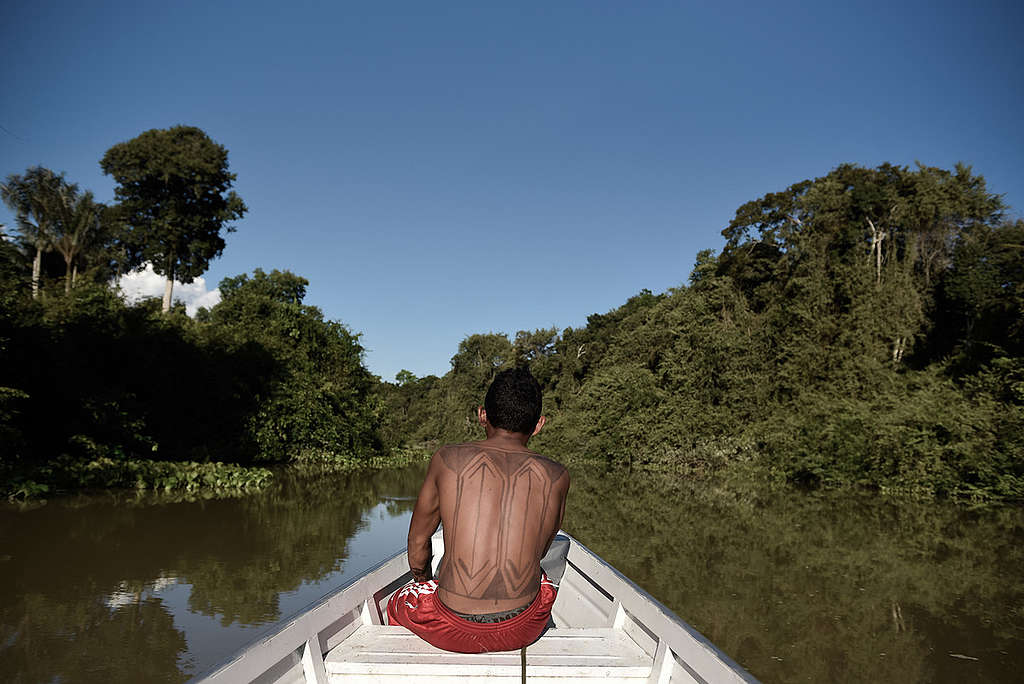
The destruction of the Amazon, the Cerrado and the Pantanal doesn’t happen only on public lands. Indigenous Peoples have been fighting to protect their territories and the forest for generations, but their lands are constantly invaded by land-grabbers, loggers and miners. These invasions are a violation of Indigenous Peoples’ constitutional rights and a threat to their lives. The Brazilian government should be protecting Indigenous rights, but instead, it enables the destruction and weakens federal agencies whose goal is to monitor and protect Indigenous Peoples’ lands.
The COVID-19 pandemic has added another threat to Indigenous Peoples’ lives. With a mortality rate three times higher than the rest of the Brazilian population, Indigenous Peoples are facing an even bigger threat, with miners and other invaders risking to bring the pandemic into their territories. As of 2 October, more than 34 thousand Indigenous Peoples have been diagnosed with COVID-19, and 837 people have died in Brazil. Indigenous lands are one of the most effective ways to protect the forests. As invaders seize their lands and the populations are put at risk, the world risks losing the knowledge of how to best care for the Amazon.
A government of lies
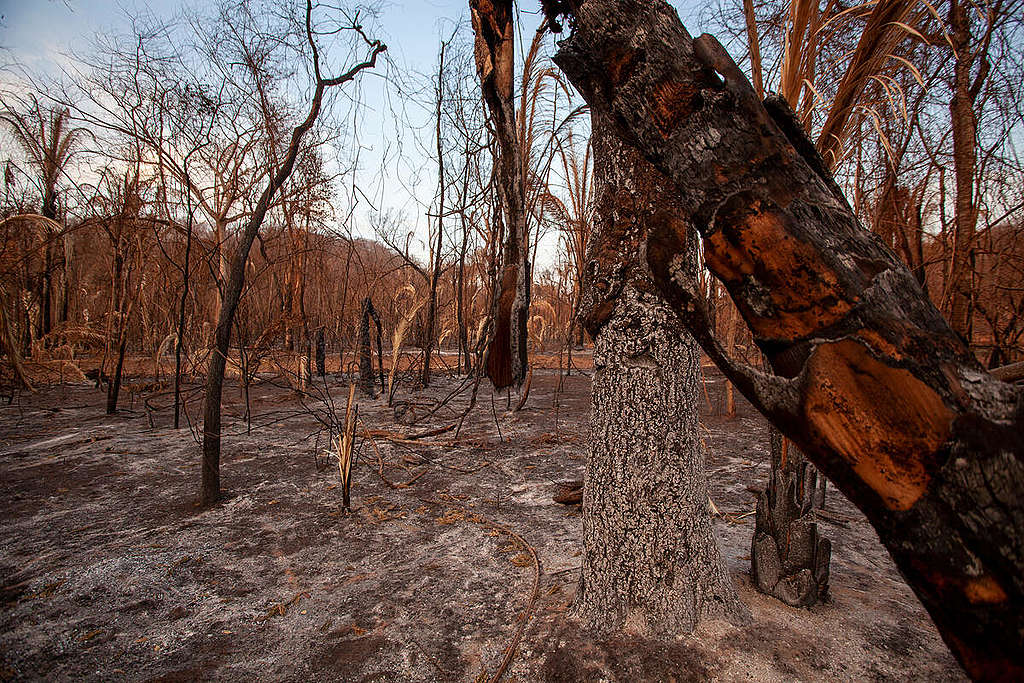
While Brazil’s vital and irreplaceable biomes burn and Indigenous Peoples have to face a pandemic that is widespread throughout the country, the Brazilian government denies both crises. In fact, President Bolsonaro prefers to blame and attack NGOs, Indigenous Peoples and anyone else who stands up to him for the fires ravaging the forest and chooses to create meaningless measures to combat the devastation of the Amazon, such as sending the army to the forest, and announcing a decree to ban fires for 120 days. Instead, the Brazilian government should have maintained the capacity of federal agencies the country already had in place, so that environmental laws could be properly enforced, as well invest in monitoring and enforcement.
In the meantime, the forest – and the fate of the world – keeps going up in flames. In September, Brazil surpassed the grim record of fires from 2019, the highest in 10 years. This is a consequence of a government that, since day one, has been tearing down environmental laws and enabling the destruction from the agribusiness and mining sectors.
Why the Amazon—and other ecosystems—matters
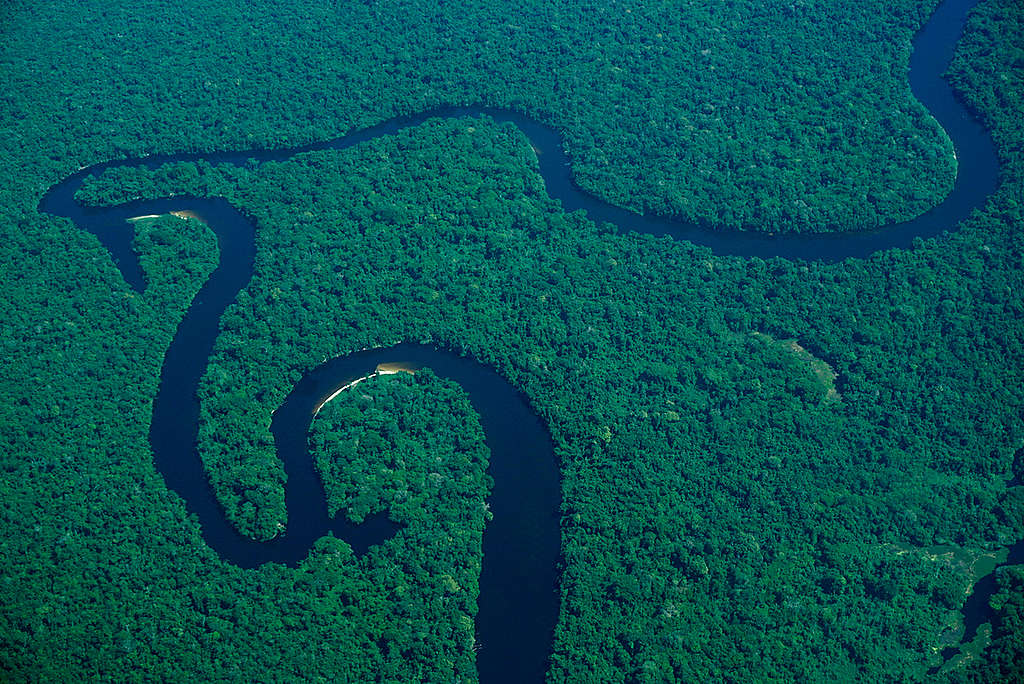
The destruction of the Amazon is not only a threat to biodiversity and to Indigenous Peoples. The Amazon is the biggest rainforest in the world and is vital in stabilizing the climate in the continent. The Amazon is responsible for generating and bringing rain to other parts of South America such as the southeast of Brazil, where major cities like São Paulo and Rio de Janeiro are located. Without the Amazon, severe droughts could devastate the region, impacting the lives of the most populated region in the country.
The Amazon is also crucial for the fight against the global climate crisis. It stores a vast amount of carbon dioxide that is released into the atmosphere when the forest is burnt. The more carbon in the atmosphere means a warmer and drier climate, which makes the land more prone to burning. It’s a vicious cycle that we cannot allow to continue.
But if we all know the threats the destruction of the Amazon poses to the entire world, why do we keep seeing more and more fires each year? We cannot allow global corporations, backed by governments, to continue risking our future for money in their pockets. From more deadly floods and droughts to hurricanes and wildfires, we are already seeing the impacts of the climate crisis. We all need to act together to protect the planet.
Join the movement to act for the Amazon.


